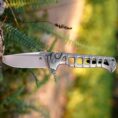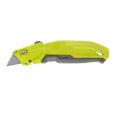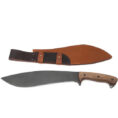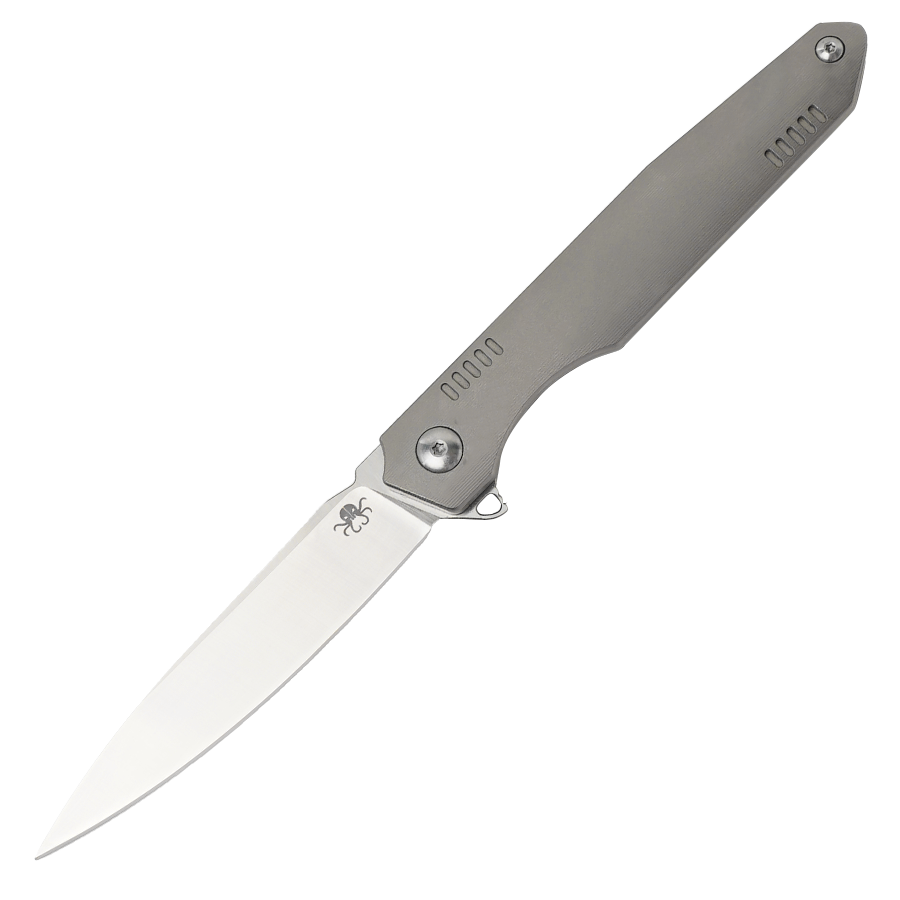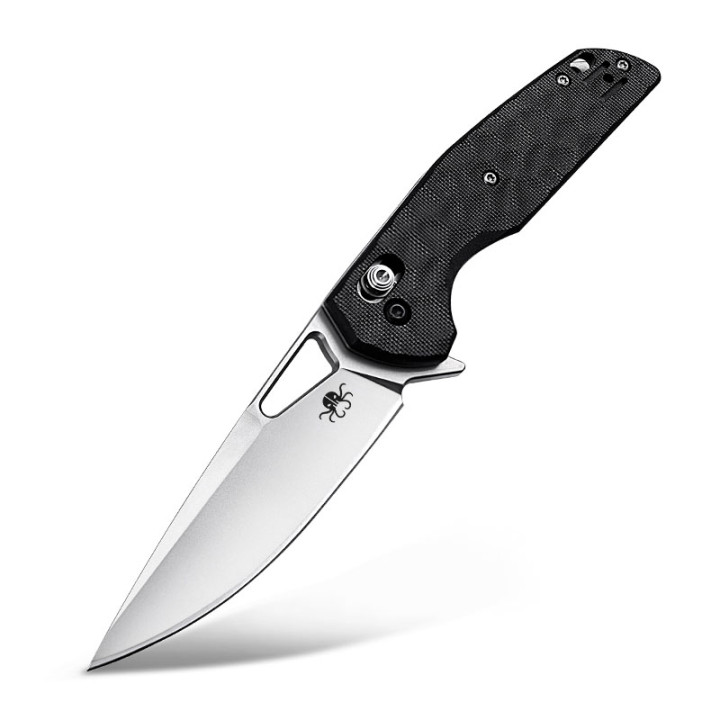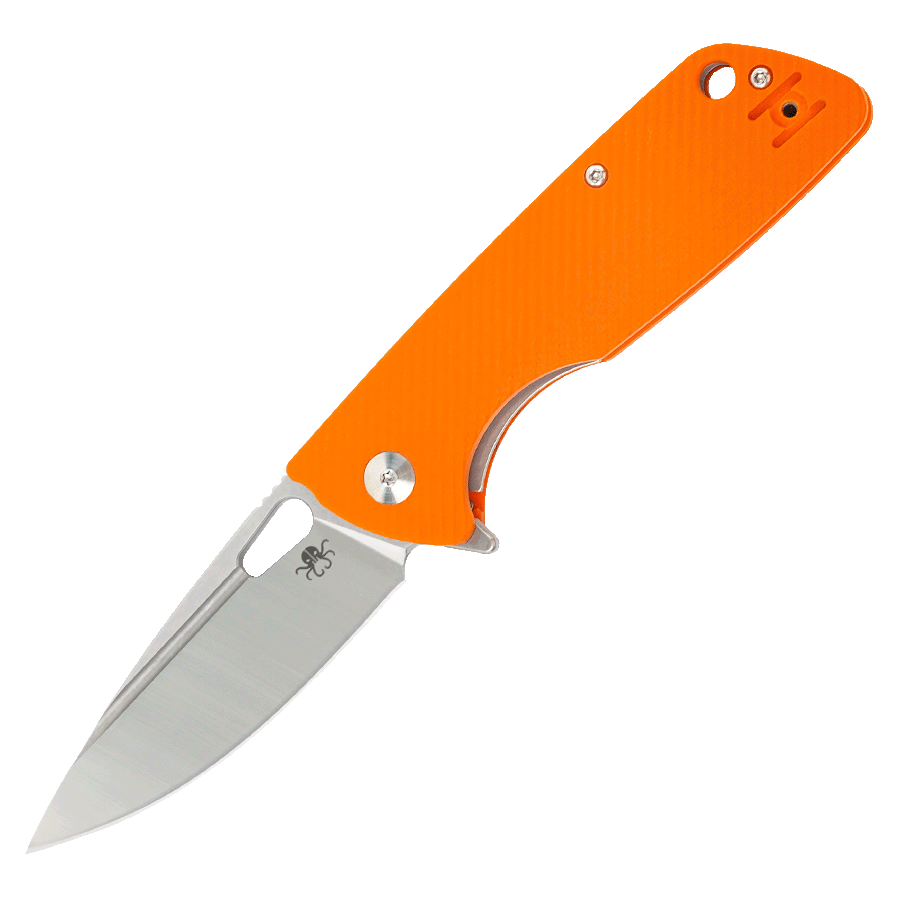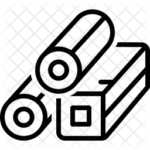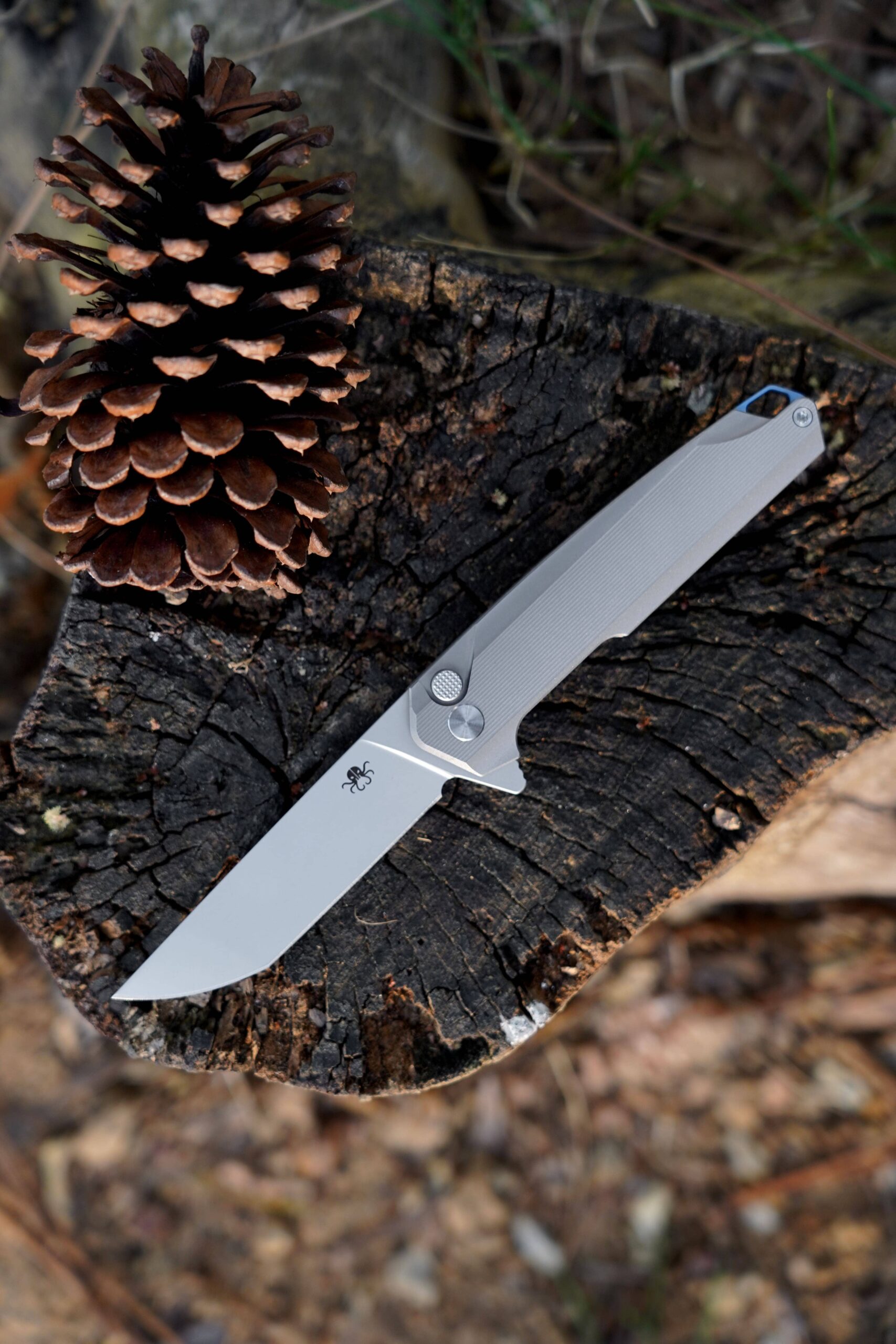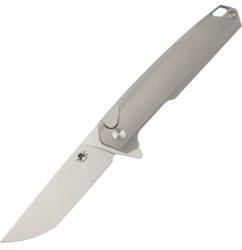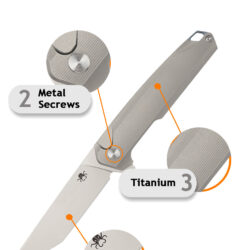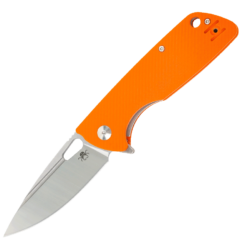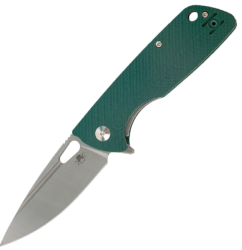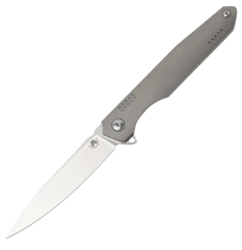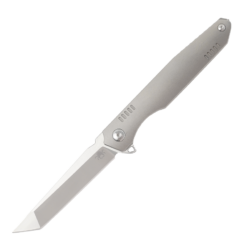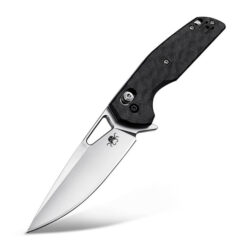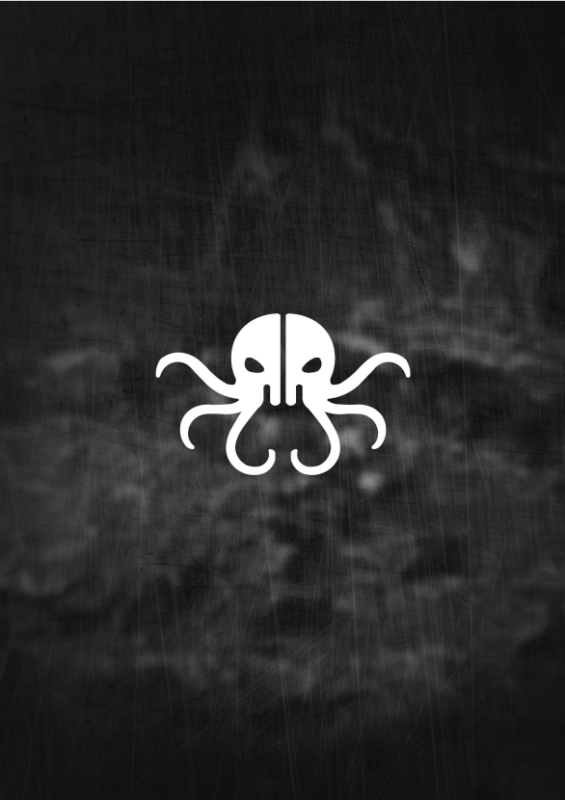Knife Anatomy 101: Understand Tangs, Spines, and Everything in Between
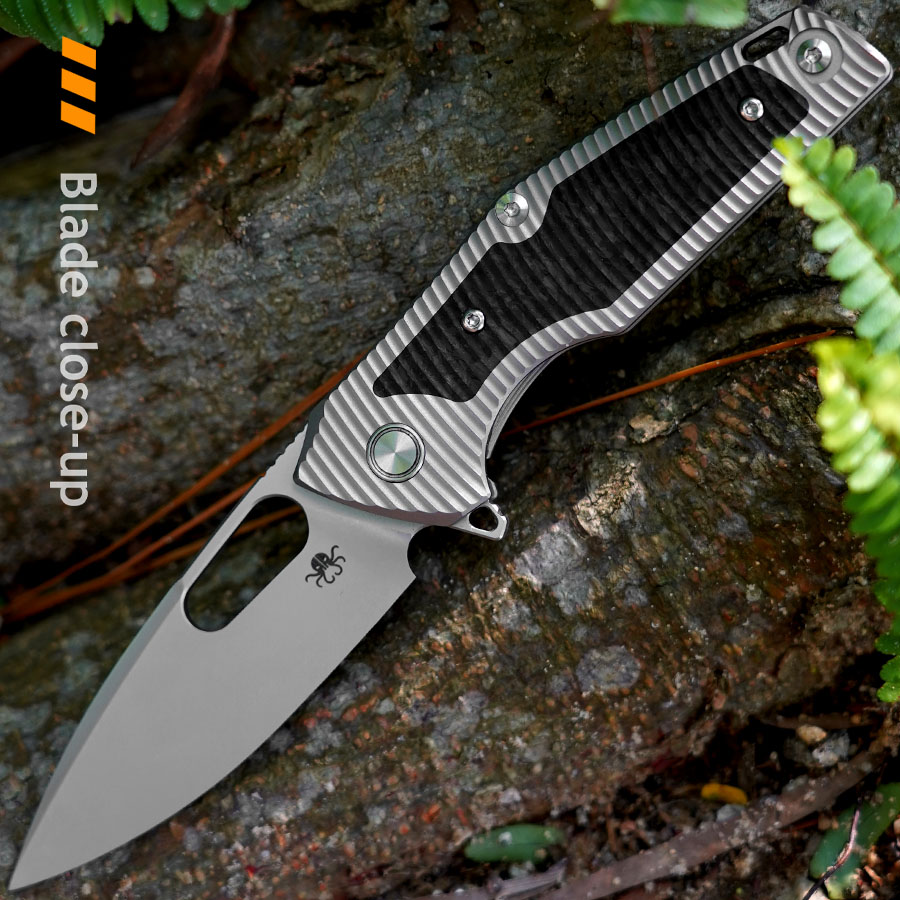
Knives are among the most versatile and indispensable tools in human history. From ancient times to the modern era, they have evolved to suit countless purposes. But what truly makes a knife effective, durable, and functional lies in its anatomy. In this comprehensive guide, we’ll explore the various components of a knife – from tangs to spines – and how each element contributes to its performance. By understanding knife anatomy, you’ll be better equipped to select the perfect tool for your needs and maintain it for years to come.
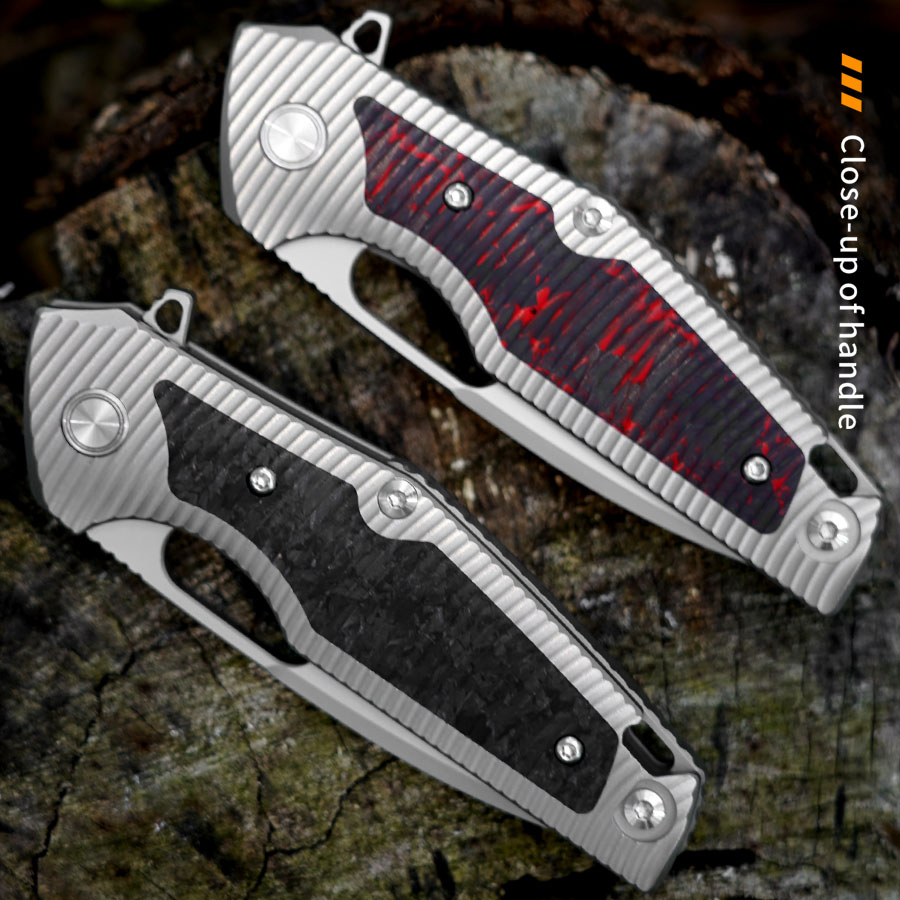
Chapter 1: The Basics of Knife Anatomy
A knife may look simple, but it’s composed of multiple components that work together to ensure functionality, balance, and durability. Here’s an overview of the basic parts of a knife:
1.1 The Blade
The blade is the most prominent part of the knife, designed for cutting, slicing, and piercing. It’s where materials, edge geometry, and craftsmanship shine the most. The blade can be further divided into:
Tip: The pointed end of the blade, used for piercing and precision tasks.
Edge: The sharpened part of the blade that does the cutting.
Spine: The unsharpened back of the blade, providing strength and rigidity.
Heel: The rear portion of the edge, often used for heavy-duty cutting tasks.
1.2 The Handle
The handle is where the user holds the knife. It must be comfortable, ergonomic, and durable. Handles come in a variety of materials, shapes, and textures, each offering different levels of grip and control.
1.3 The Tang
The tang is the portion of the blade that extends into the handle. It plays a crucial role in the knife’s strength, balance, and durability. Different types of tangs include:
Full Tang: Extends the entire length of the handle, offering maximum strength.
Partial Tang: Only extends partway into the handle, reducing weight but sacrificing durability.
1.4 The Bolster
The bolster is a thick junction between the blade and the handle, providing balance and protecting the hand during use.
1.5 The Pommel
Located at the end of the handle, the pommel (or butt) can serve as a counterbalance or be used for striking.
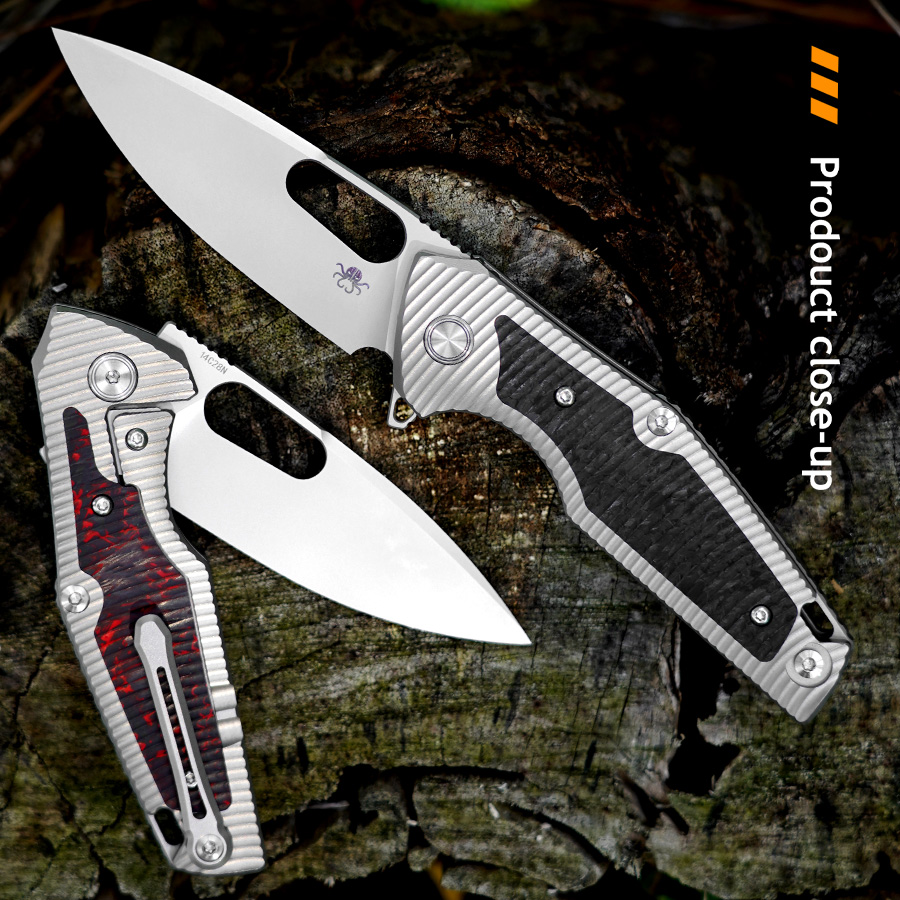
Chapter 2: The Blade in Detail
The blade is the heart of any knife. Its design, material, and geometry determine its cutting performance, durability, and versatility.
2.1 Blade Profiles and Shapes
Straight Edge: Ideal for clean, precise cuts.
Serrated Edge: Designed for cutting through tough, fibrous materials.
Tanto Blade: Features a strong, angled tip for piercing.
Drop Point Blade: A versatile design with a convex curve for general use.
2.2 Blade Materials
The material of the blade significantly impacts its sharpness, edge retention, and corrosion resistance. Common materials include:
Carbon Steel: Offers excellent sharpness and edge retention but is prone to rust.
Stainless Steel: Corrosion-resistant and durable, though slightly harder to sharpen.
High-End Steels (e.g., M390, VG10): Provide superior performance in edge retention and toughness.
2.3 Blade Edge Types
Flat Grind: A versatile edge for general cutting.
Hollow Grind: Extremely sharp but less durable.
Convex Grind: Combines sharpness and durability.
Chisel Grind: Only sharpened on one side, often used in specialty knives.
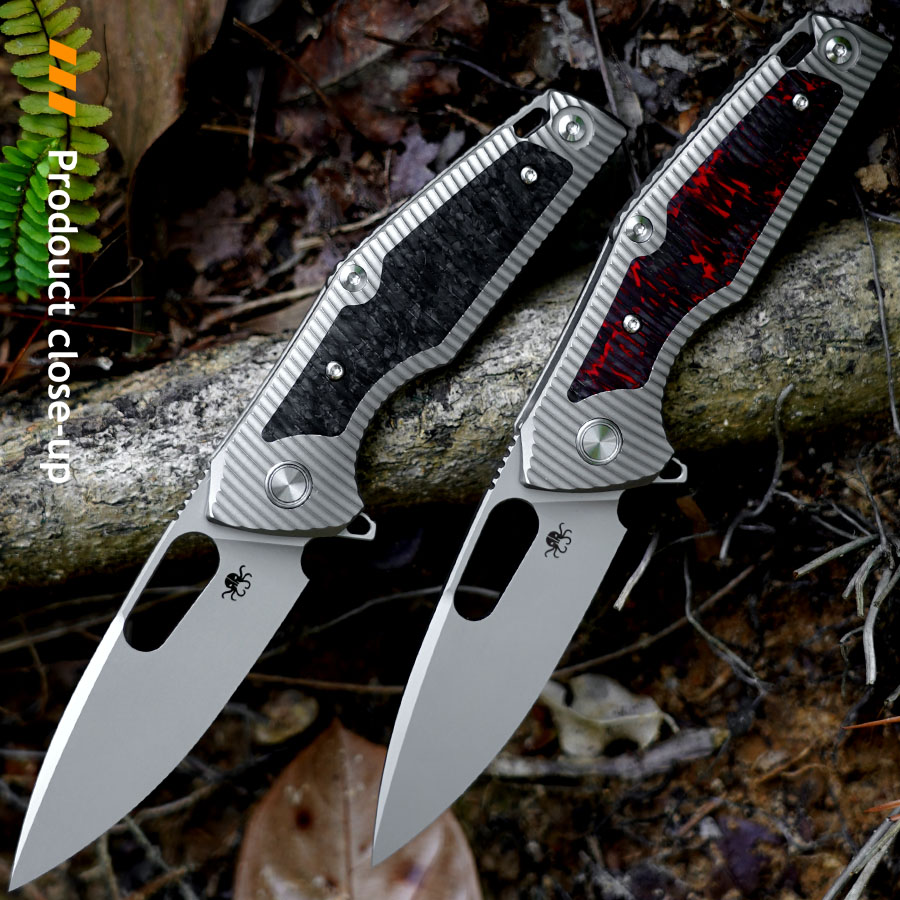
Chapter 3: The Handle – Comfort and Control
The handle plays a pivotal role in ensuring comfort and safety while using a knife. Let’s break down its key aspects:
3.1 Handle Materials
Wood: Offers a classic look and excellent grip but requires maintenance.
Plastic/Polymer: Lightweight, durable, and resistant to moisture.
G10 (Fiberglass Laminate): Extremely strong, weather-resistant, and lightweight.
Metal (Titanium, Aluminum): Durable and sleek but can be slippery when wet.
Carbon Fiber: Lightweight and durable, though expensive.
3.2 Ergonomics
A well-designed handle should fit comfortably in the hand, reducing fatigue during extended use. Features like finger grooves, textured surfaces, and palm swells enhance grip and control.
3.3 Handle Construction
Full Tang: Provides maximum strength and balance.
Hidden Tang: Aesthetic but slightly less durable.
Skeletonized Tang: Reduces weight without compromising strength.
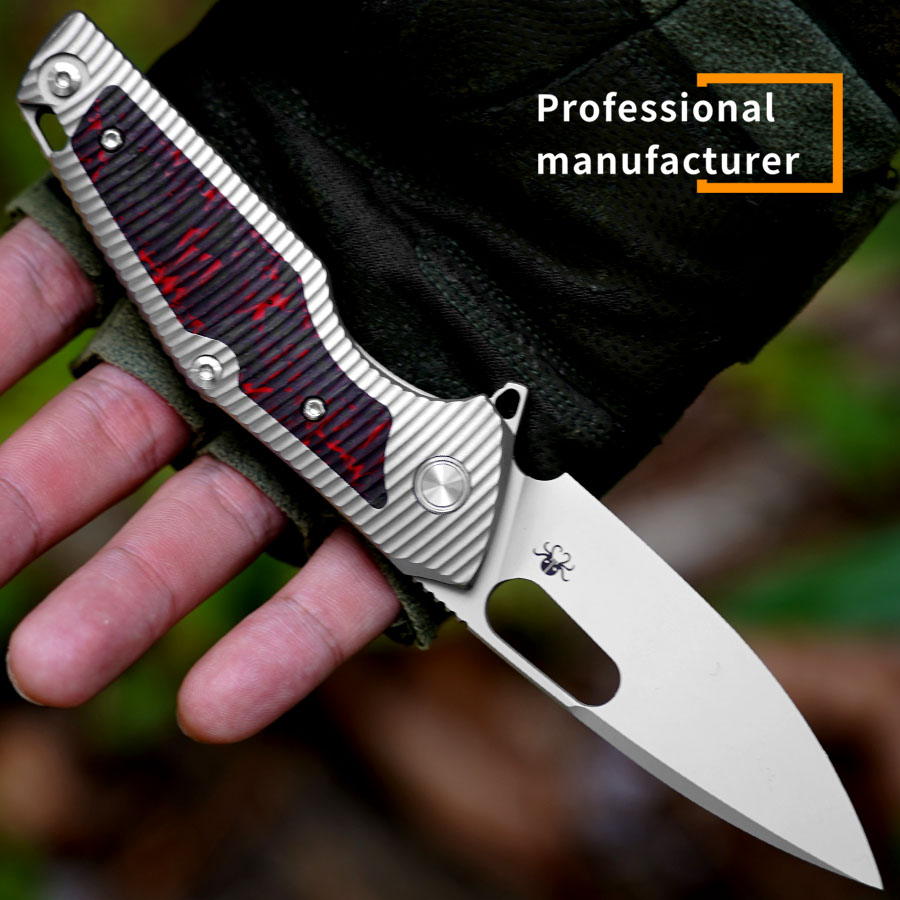
Chapter 4: Understanding the Tang
The tang is one of the most critical components for determining the strength and balance of a knife.
4.1 Types of Tangs
Full Tang: Extends the entire length and width of the handle, ensuring maximum durability.
Partial Tang: Only partially extends into the handle, reducing weight but compromising strength.
Stick Tang: A thin tang commonly used in lightweight knives.
Encapsulated Tang: Fully enclosed by the handle material, offering a sleek design.
4.2 Choosing the Right Tang
For heavy-duty tasks, opt for a full tang knife.
For lightweight applications, partial or stick tangs may suffice.
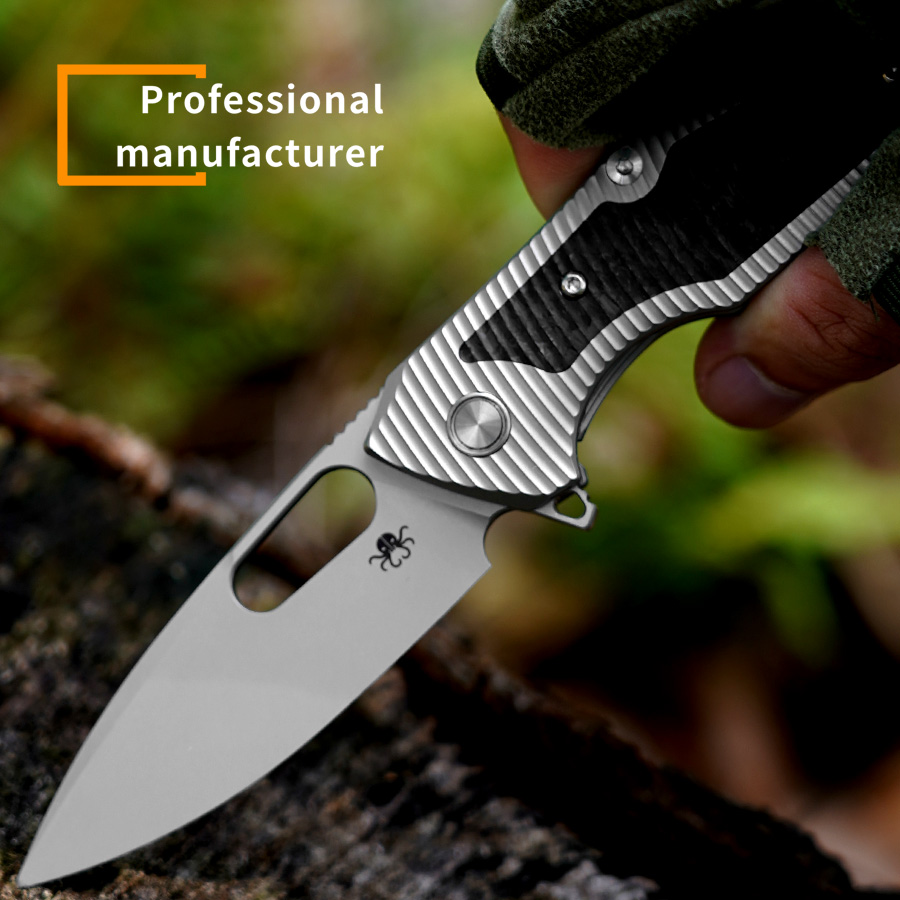
Chapter 5: The Spine – Strength and Functionality
The spine of the blade is the thick, unsharpened edge opposite the cutting edge. While it may seem less important, the spine plays a significant role in the knife’s functionality.
5.1 Thickness and Strength
Thicker Spines: Provide strength and rigidity for heavy-duty tasks.
Thinner Spines: Allow for finer, more precise cutting.
5.2 Functional Features
Jimping: Textured notches on the spine for enhanced thumb grip.
False Edge: A beveled spine that reduces weight and improves penetration.
Sawback: Serrations on the spine for sawing through materials.
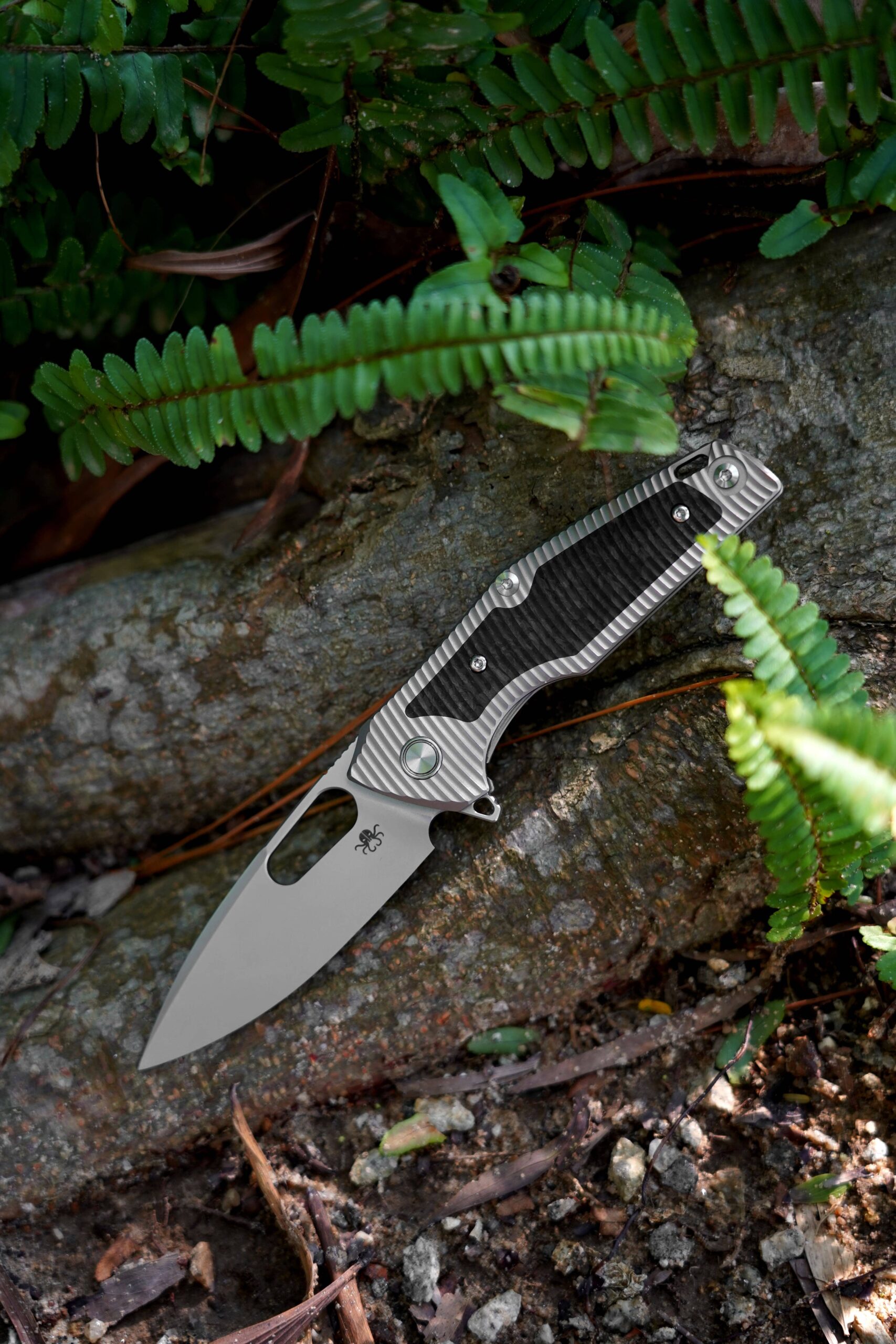
Chapter 6: Bolsters and Guards – Safety and Balance
The bolster and guard are often overlooked, but they play crucial roles in protecting the user and enhancing the knife’s balance.
6.1 Bolsters
Full Bolster: Extends across the entire width of the blade, offering maximum protection.
Half Bolster: Provides balance while allowing for easier sharpening.
6.2 Guards
Finger Guards: Prevent the hand from slipping onto the blade.
Subhilts: Additional grips for enhanced control in tactical knives.
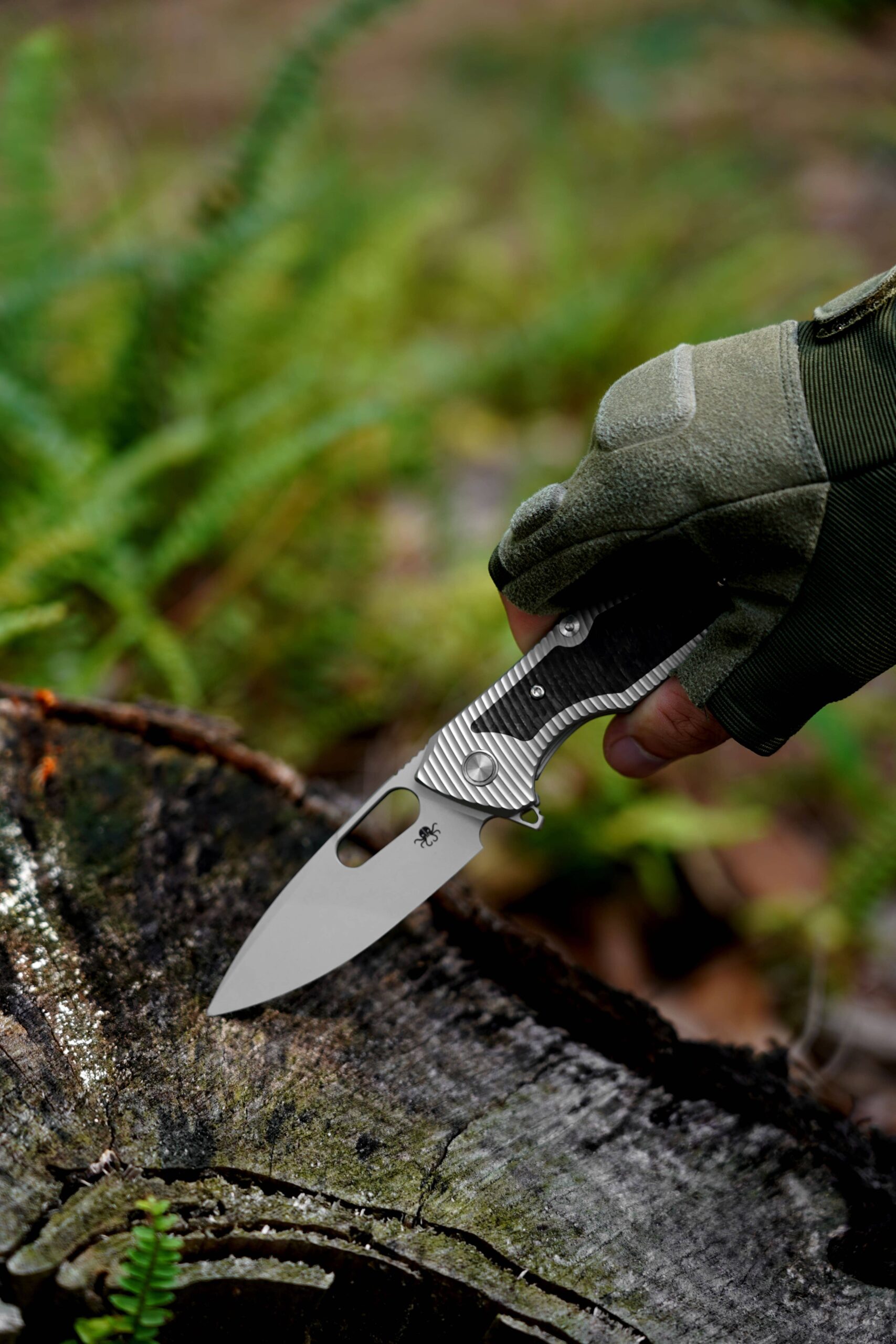
Chapter 7: Additional Knife Features
Modern knives often include additional features that enhance functionality:
7.1 Lanyard Holes
Provide an attachment point for lanyards, adding security and ease of carry.
7.2 Choil
An unsharpened section near the blade’s base for enhanced grip and control.
7.3 Thumb Studs and Flippers
Facilitate easy one-handed opening in folding knives.
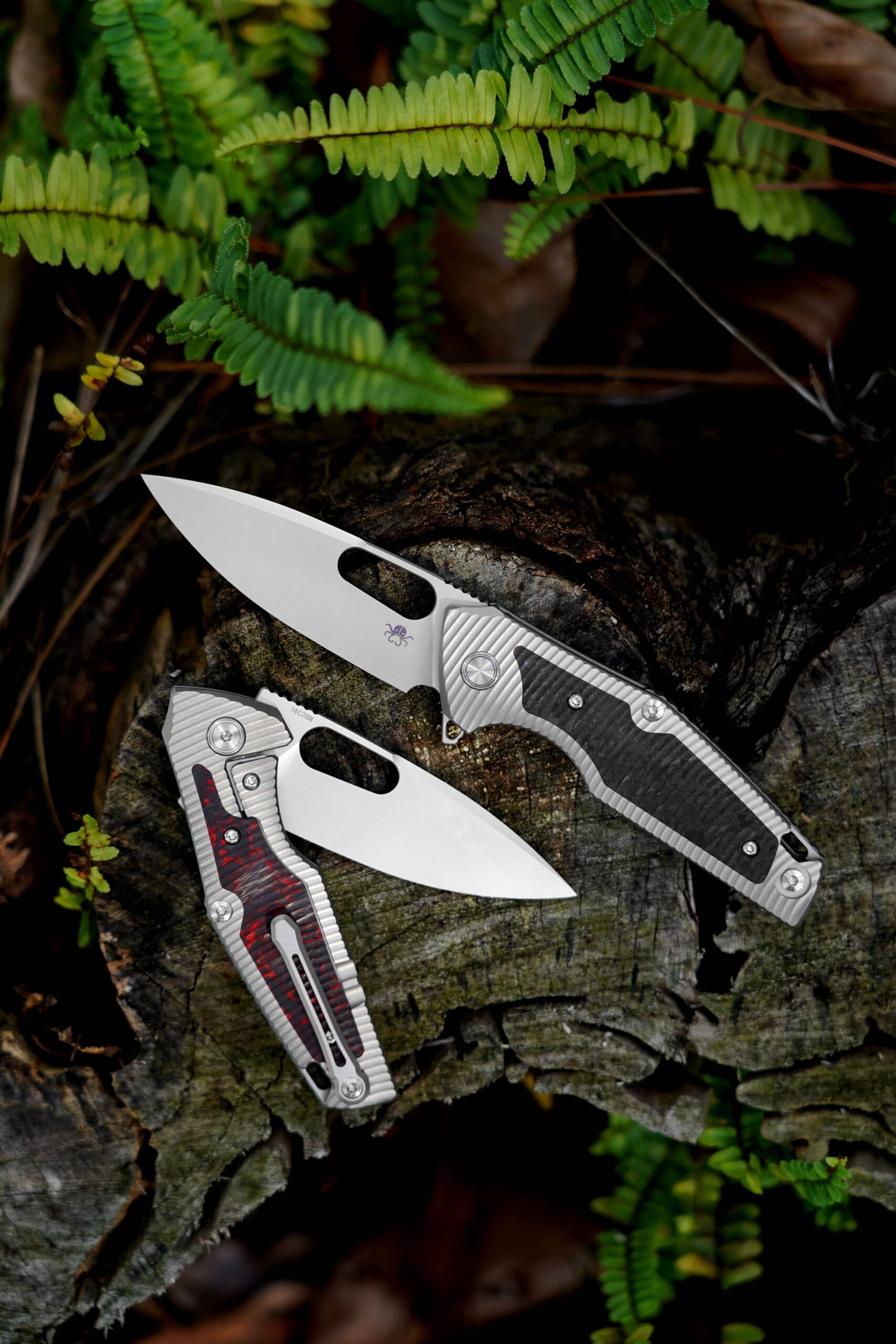
Chapter 8: Choosing the Right Knife for You
Understanding knife anatomy is only the first step. Choosing the right knife depends on your specific needs and preferences:
8.1 Consider the Purpose
Everyday Carry: Lightweight and versatile knives with ergonomic handles.
Outdoor and Survival: Durable knives with full tangs and robust blades.
Culinary: Focus on blade material, edge geometry, and comfort.
8.2 Test for Comfort
Always test how a knife feels in your hand. Look for a handle that fits comfortably and provides a secure grip.
8.3 Evaluate Maintenance Requirements
Stainless steel blades require less maintenance.
Carbon steel offers superior sharpness but needs regular care.
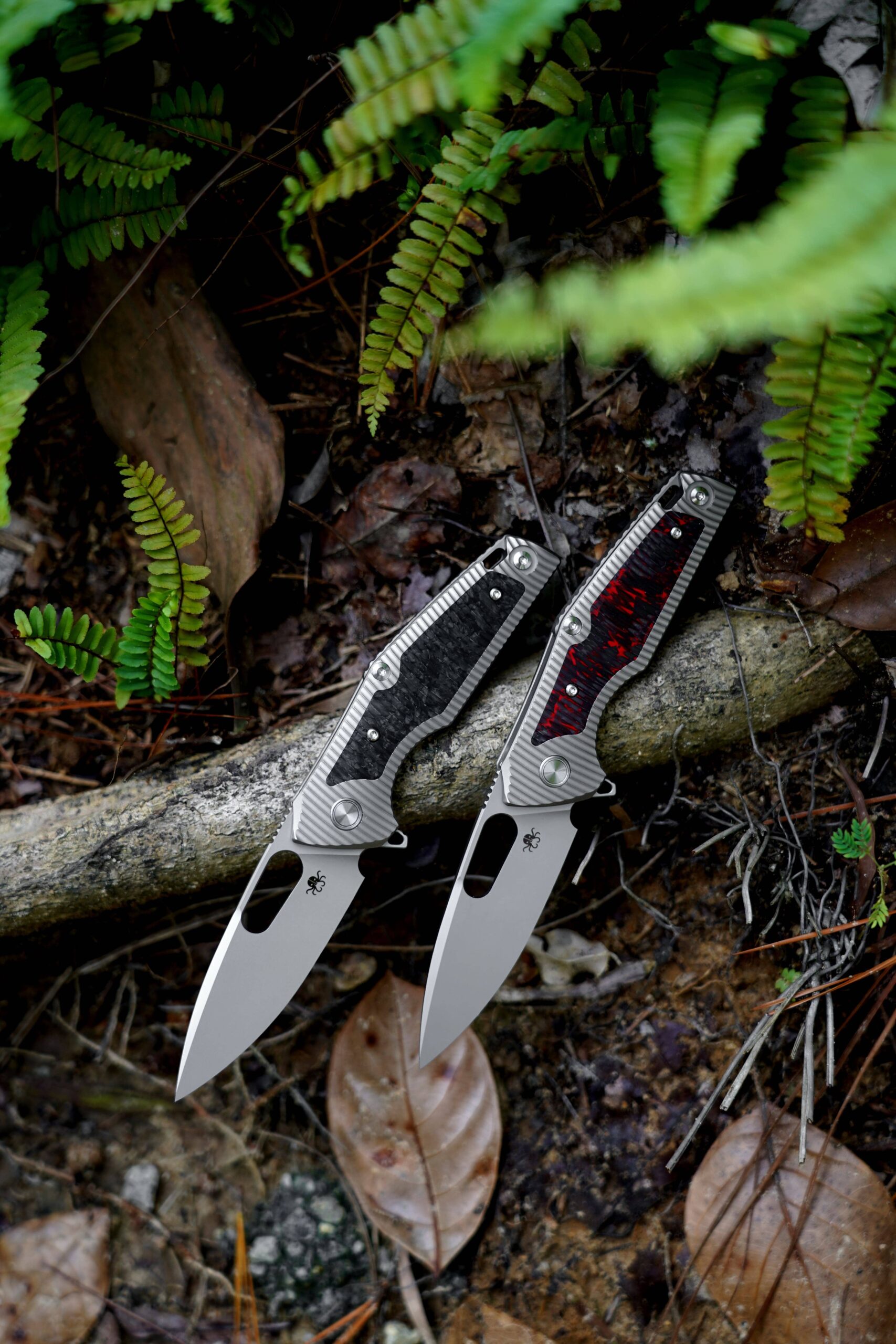
Chapter 9: Conclusion
Knives are intricate tools where every component, from the tang to the spine, plays a critical role in performance and functionality. By understanding knife anatomy, you can make informed decisions when selecting, using, and maintaining your knives. Whether you’re a chef, an outdoor enthusiast, or someone who appreciates quality tools, mastering knife anatomy will enhance your experience and ensure your knives serve you well for years to come.


